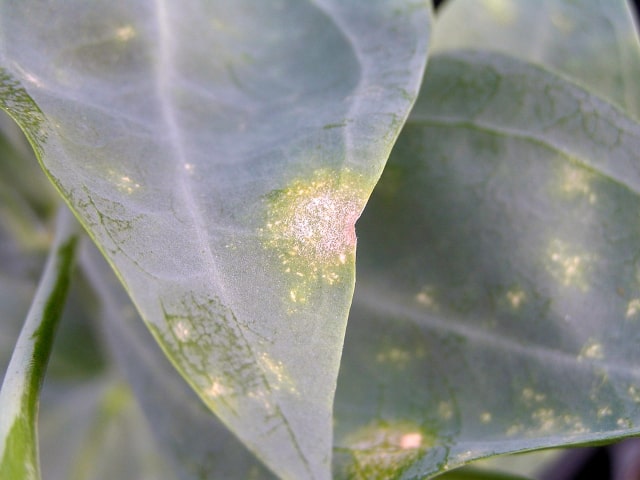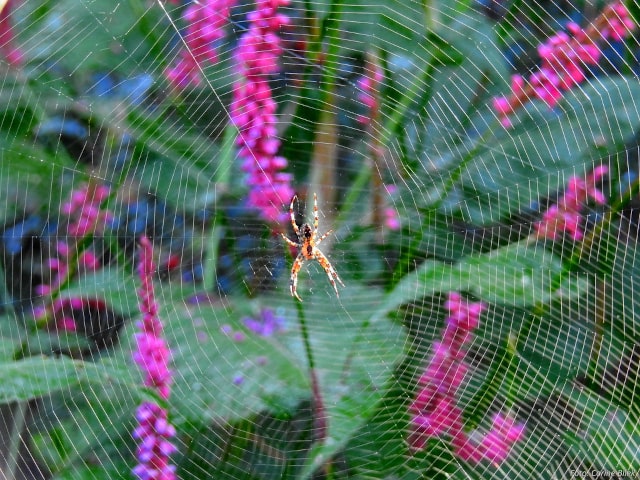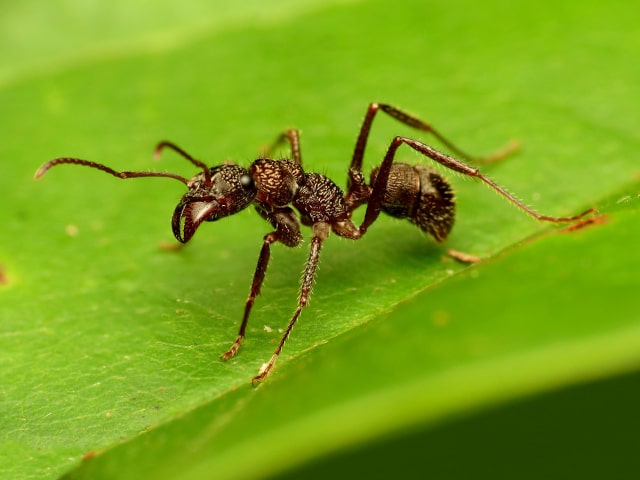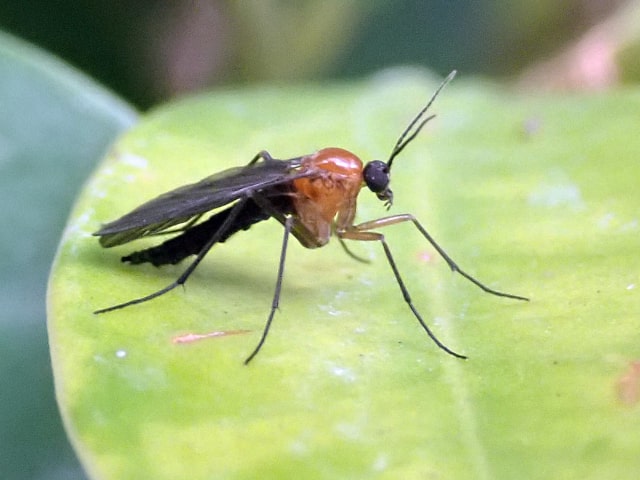
Downy mildew is a common plant disease that can be found in many gardens. At first, owners mistake this disease for a frost damage, so it often progresses until gardeners realize what's going on.
One of the main problems with this disease is that the affected plants may look perfectly healthy until it hits hard. After this, the disease can quickly turn your lush mounds into a tangled mess. The pathogen tolerates warm days, especially when evening temperatures are around 50s or lower 60s degrees F. This is ideal for the disease to develop in your plants.
One of the prime targets of the downy mildew are flowery plants, but it can attack and harm other types of plants as well. It's also important to treat plants at the greenhouse preventively for this disease.
About Downy Mildew
Downy mildew is a fungus-like organism or water mold. It's related to pythium and phytopthra. This disease has been identified in many states. The outbreaks usually happen in the late summer or early fall. This pathogen has been in the United State since the mid-1800, and it's difficult to tell when the new outbreak will start or what causes the disease to spread so quickly.
It takes about 14 days for the velvety-white spores to grow big enough to be seen with the naked eye. They appear on the undersides of leaves. The disease likes evening temperatures in the 50-60 F range, especially if there is moisture, such as a rainstorm or overcast days of drizzle or fog. In fact, all it takes is a few hours of leaf wetness for spores to spread on the plants.
In the past, fungicides with the active ingredient fluopicolide have been effective against the disease, but today it has build a resistance.
It's also important to remember that two plantings on one property could be affected differently. One group of tightly placed plants in the shade, with little air movement, can be completely devastated while the same variety planted 20 yards away in the sun and with good air movement can remain healthy.
What to do?
When you notice the disease, it's important to act quickly. You have to remove the infected plant material immediately: bury it or burn it. Never replant this material or the disease will spread. Think about alternative plantings. If you really want to grow other plants in the same landscape beds that have been previously infected, you must use plants which have shown high levels of resistance.
Even though the disease is tough and often resistant to common fungicides it's possible to get rid of it, especially if you act quickly and remove the infected plant material as soon as you notice downy mildew developing. Also, a good measure is to always use preventive fungicides before the disease has a chance to develop in the first place. These fungicides tend to be more effective for prevention than curing the disease.
Another thing you can do is to always rotate the beds you plant or mix up massive plantings with some other varieties. Monoculture can be dangerous so make sure to have many different plantings in your garden. Also, inform yourself about the plant species resistant to downy mildew and consider planting them in your garden.
Photo credit: Scot Nelson




0 Comments